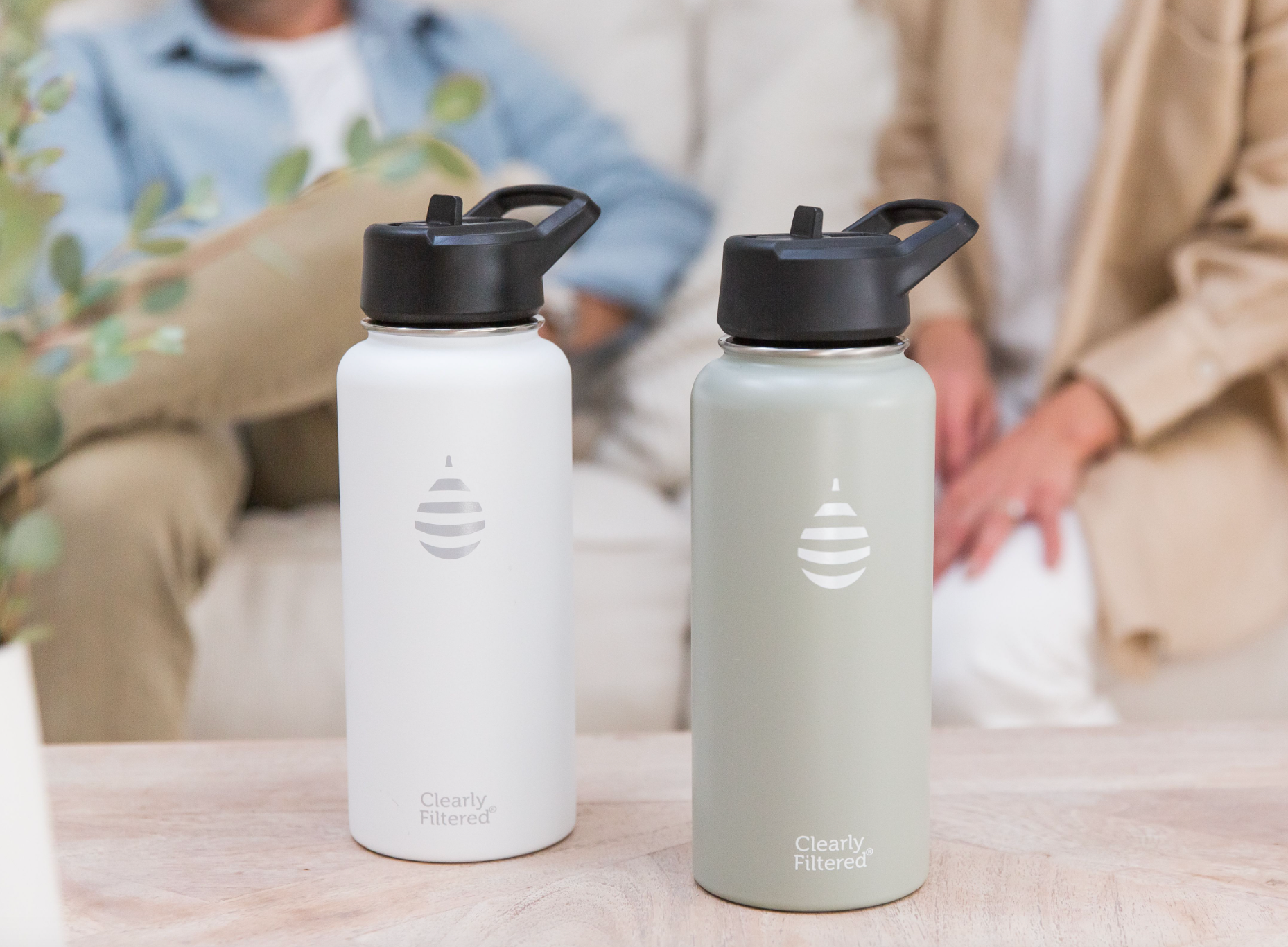The Latest Updates on Lead Pipe Removal
October 15, 2024
The Biden administration has announced a new rule requiring water utilities to replace all lead pipes. This is part of a new EPA regulation mandating the identification and replacement of lead service lines within 10 years using funding from the Bipartisan Infrastructure Act.
Water utilities have three years to develop and implement a 10-year plan to reduce and remove lead pipes in their cities. Cities with a high number of lead pipes may receive an extended timeframe to meet these requirements. To help communities achieve these standards and enhance lead testing, the EPA is providing an additional $2.6 billion for drinking water infrastructure through the Bipartisan Infrastructure Act. The agency will also offer $35 million in competitive grants.
The rule also requires more rigorous testing of drinking water and a lower threshold requiring communities to take action to protect people from lead exposure in water and improves communication so communities families are informed about the risk of lead in their drinking water, the location of lead pipes, and plans for replacing them.
The EPA estimates that the new standard will prevent health complications due to lead exposure in up to 900,000 infants and up to 1,500 premature deaths from heart disease annually.
While this new ruling is the strictest regulation of lead in drinking water in decades, we won’t see the effects of it for years to come. In the meantime, upgrade to a premium water filtration system to avoid lead exposure and major damage to your health. Our proprietary Affinity® Filtration Technology is proven to remove up to 99.34% of lead, so you can enjoy clean, safe water today!

